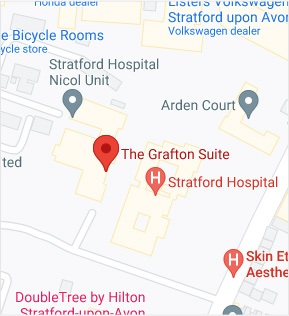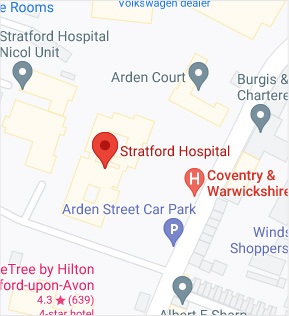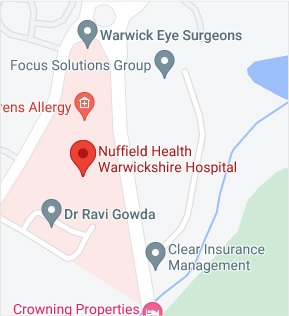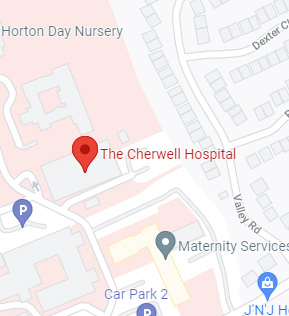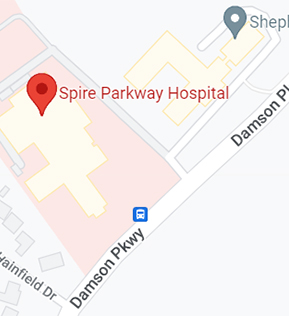What is Carpal Instability?
Carpal instability is the loss of alignment of the carpal bones and/or radioulnar joint. The wrist is a complex joint that connects the forearm to the hand and allows it to move. It consists of 8 small bones called carpals that articulate with two long bones of the forearm (radius and ulna). The joint is supported by ligaments, tendons, nerves, blood vessels and muscles that help in movement. The 4 types of carpal instability are:
- Carpal Instability Dissociative (CID): Instability occurs only to the carpal bones. Also called intracarpal row instability.
- Carpal Instability Nondissociative (CIND): Misalignment of carpal bones with radius and ulna. Also known as intercarpal row instability.
- Carpal Instability Combined (CID): Combined misalignment of carpal bones, radius, and ulna.
- Carpal Instability Adaptive (CIA): Conditions outside the wrist can cause carpal instability. For example, congenital disorders like Madelung’s deformity can cause CIA or a history of distal radius fracture.
Symptoms of Carpal Instability
Symptoms include:
- Loss of normal alignment of carpal bones
- Changes in the range of motion
- Pain and swelling of the wrist
- Inability to grip objects
- Arthritis and disability (later stages)
What Causes Carpal Instability?
Trauma or a fall on an outstretched arm can injure the wrist ligaments causing carpal instability. Ligaments are tissues that connect bones to other bones. They are made up of several fibres and one or all of the fibres may be involved. Complete ligament injury occurs when all the fibres are torn. Carpal instability can also be caused due to fracture of the wrist bones or degenerative arthritis.
Diagnosis of Carpal Instability
Your doctor will assess your symptoms and take a medical history.
- Physical examination of your wrist will be performed.
- Imaging studies such as X-ray, MRI or CT-scan will be ordered.
- CAT scan may be ordered to assess dislocations and fractures.
- Specific tests like the Kirk-Watson test, Pseudo-instability or Ballottement test will help identify the specific ligament injured.
- Diagnostic arthroscopy may be required to evaluate the injury to ligaments or bones.
Treatment of Carpal Instability
Conservative treatment options can include:
- Prescribed pain medications
- Activity modification
- Immobilisation using a plaster cast
- Musculotendinous exercises
- Steroid injections
Surgery is recommended if you do not respond to conservative treatment options. The type of surgery depends on the extent and number of ligaments injured. The common protocol includes:
- Your surgeon will make a small incision at the back of your wrist.
- The injured or damaged tendon is exposed. Care is taken to prevent damage to the nerves.
- Debridement, or cleaning out the damaged tissue, is performed by your surgeon.
- K-wires are used to suture the separated ligament.
- The fusion of bones may be performed using screws, metal staples or plates.
- The incision is closed, and a bandage is applied.
Your wrist is supported by a cast for a few weeks. Your physiotherapist will teach you specific exercises to help you recover sooner. You should regularly follow up with your surgeon. You may return to normal activities after a few months with your surgeon’s approval.


 REQUEST AN APPOINTMENT
REQUEST AN APPOINTMENT



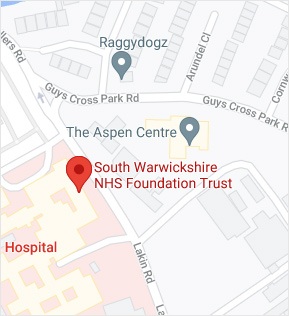
 Ext 4798
Ext 4798